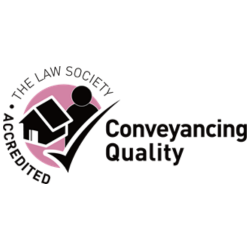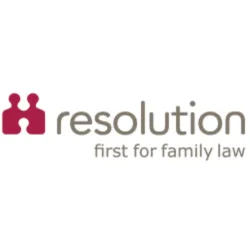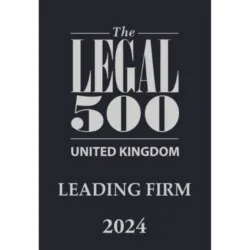
Gender pay gap…a step in the right direction
Globally, on average, women are paid just over half as much as men. In Iceland, at present, they earn almost 30% less, despite this, Iceland is ranked one of the best places in the world for gender equality.
Following on from protests in Iceland which saw female workers leave work at 2.38pm (30% earlier than their male counterparts), the Government in Iceland has announced that from January 2018, they will force employers to implement the Equal Pay Standard.
What is the Equal Pay Standard? This requires every employer to analyse each role. They have to calculate the value of the role, with reference to education, physical strain, mental stress and responsibility. Each role is then given a score and where two people are doing a job with the same score, but not receiving the same pay, the employer has to fix it. This is usually done by increasing the lower pay.
Iceland’s Customs Office piloted this and as a result, 10% of employees received a pay rise, 9% of whom were women.
For employer’s who don’t comply with the Equal Pay Standard, they will be fined.
In England and Wales at present, the closest we have come to this is in the use of Job Evaluation Studies (JES) which can be used to help an employee show that they are doing “work rated as equivalent” for the purposes an equal pay claim. But, there is no obligation on employers to carry out a JES, even if their employees request one.
Some critics of the system in Iceland, argue that this adds layers of bureaucracy. Surely this has to be weighed against the benefits of a transparent and equal pay system. This system should be adopted globally, to really tackle the problem of gender inequality in pay and stamp it out. It will be interesting to see, by how much, Iceland reduce gender pay inequality in a further 12 months’ time.












